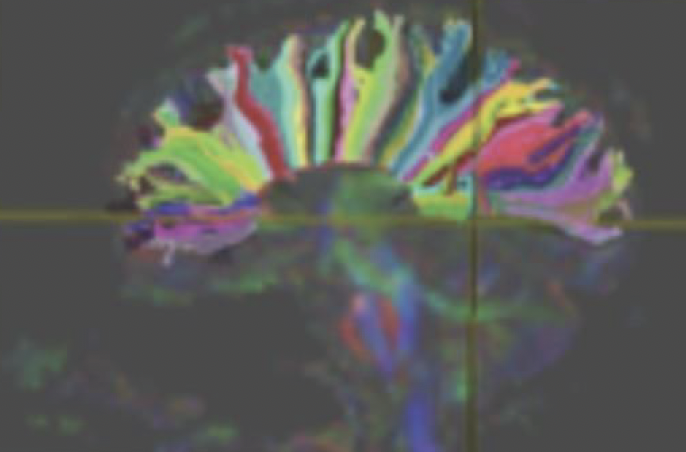You are here
Impaired Voluntary Movement Control and its Rehabilitation in Cerebral Palsy
Speakers
Abstract
Cerebral palsy (CP) is the most common pediatric physical and neurological disorder, and describes a group of permanent disorders of the development of movement and posture, causing activity limitation. The manifestation of CP is attributed to non-progressive disturbances that occurred in the developing fetal or infant brain. Although the brain disturbances are non-progressive, the expression of the impairments and resulting disabilities change throughout the life cycle as the child grows, develops, and compensates for the underlying abnormalities. Historically treatment was focused primarily and remediating impairments (e.g., increased muscle tone), with little expectation that motor function could improve. However, we later showed that upper extremity function, albeit impaired, develops at the same rate in children with CP as their typically developed peers. Furthermore, although children with CP demonstrated impaired motor learning, our studies of prehension showed that motor function can indeed improve, but only with much more intensive practice than required of their typically developing peers. Recent systematic analyses of treatment studies demonstrate that rehabilitation approaches that capitalize on these findings, and involve active movement of the participant using “motor learning approaches” are effective in improving movement coordination and function. Here we review how increased understanding of mechanisms underlying the motor impairments has informed pediatric rehabilitation, and the current state-of-the-science behind effective rehabilitation approaches. We will highlight several approaches we have tested with increasing evidence of efficacy, including bimanual therapy, whole body training and robotic trunk training.


